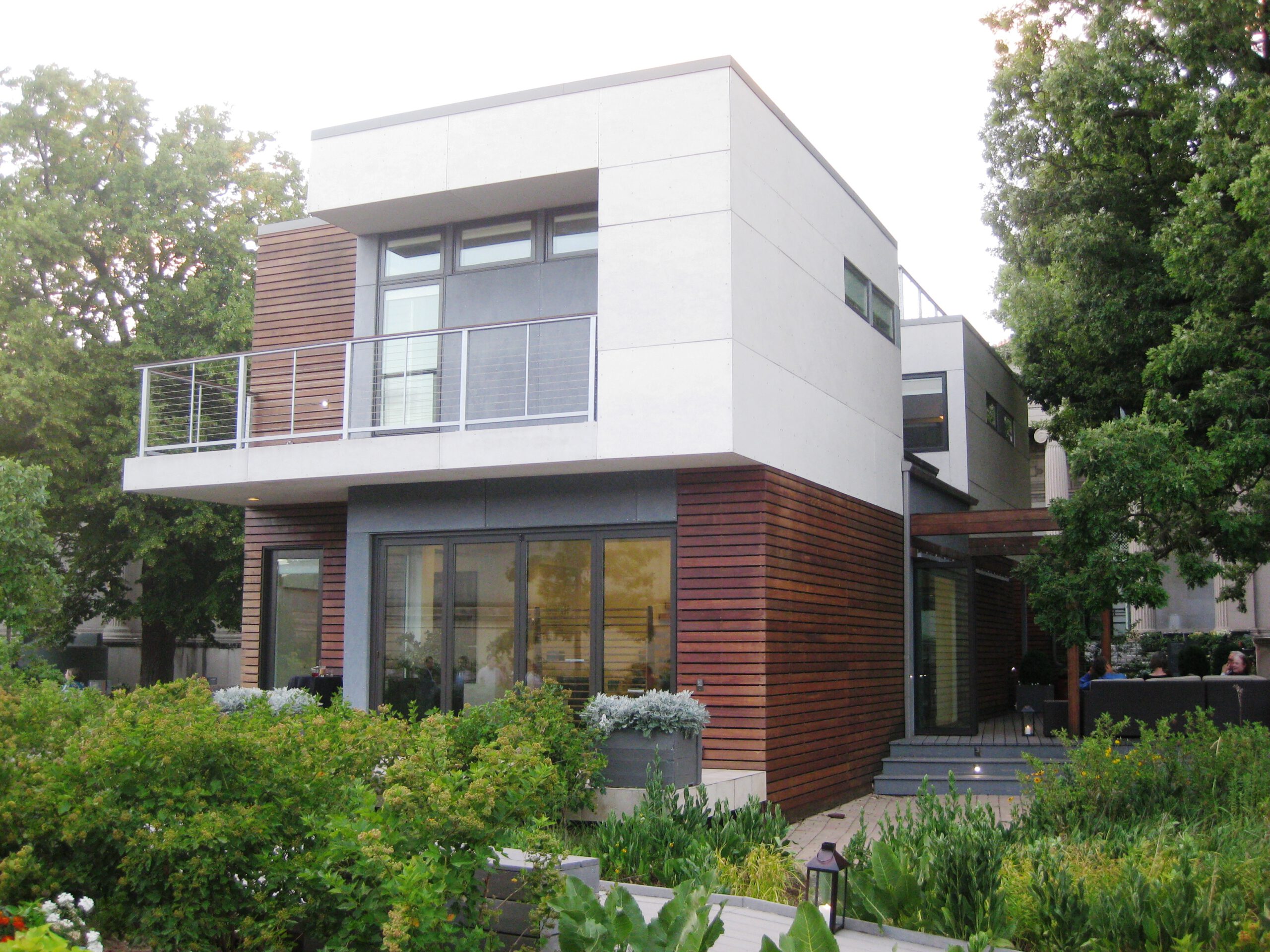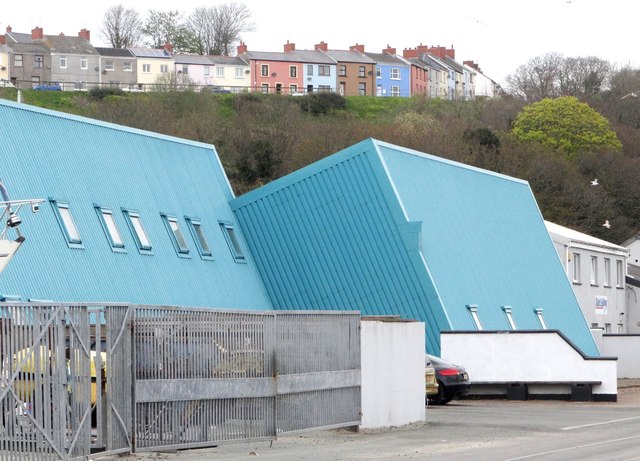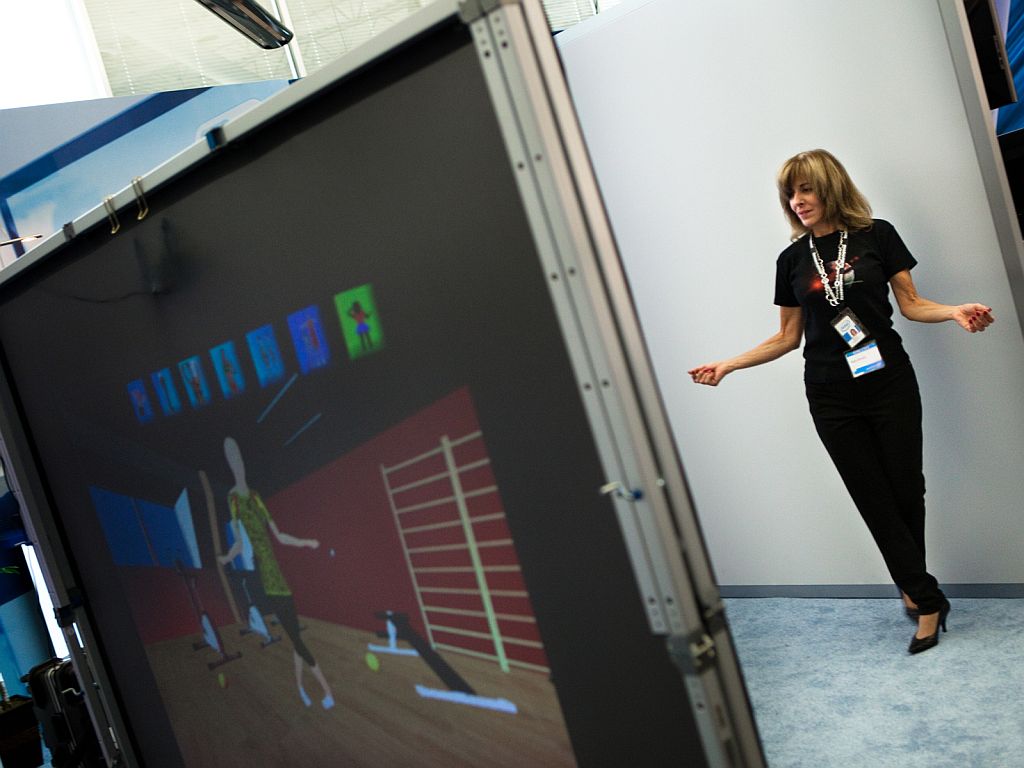The Smart Home Revolution

Step into a world where your home practically thinks for you. By 2023, nearly 30% of U.S. households had embraced smart technology, turning ordinary living spaces into responsive, interactive environments. Imagine waking up to lights that adjust automatically to your schedule, or thermostats that learn your preferred room temperature and optimize energy use. The global smart home market is booming and is predicted to hit a staggering $174 billion by 2025, a clear sign that homeowners crave convenience and control. Devices like smart plugs, connected doorbells, and voice assistants are becoming as common as microwaves once were. These interconnected systems offer a seamless living experience, allowing you to manage everything from entertainment to security—all from your phone or just by speaking a command. For families, this means less time fiddling with switches and more time living life. The smart home revolution is transforming our expectations of comfort, safety, and energy savings in ways that would have seemed like science fiction just a decade ago.
Eco-Friendly Innovations

High-tech homes today don’t just dazzle with their gadgets—they also go green in a big way. Designers are integrating solar panels onto rooftops, installing rainwater harvesting systems, and using energy-efficient appliances to cut down on waste and costs. The Zero Energy Home movement is an inspiring example, where homes actually generate as much energy as they use, sometimes even sending power back to the grid. According to the U.S. Department of Energy, these forward-thinking homes can save families up to 30% on annual energy bills. It’s not just about saving money; it’s about reducing environmental impact for future generations. Some houses feature smart irrigation systems that water gardens only when needed, or windows that tint automatically to block heat. These advancements make it easier than ever for homeowners to live comfortably while treading lightly on the earth. More people are seeking out these sustainable features, proving that high-tech can also mean high-responsibility.
The Rise of 3D-Printed Homes

Imagine a house printed layer by layer, tailored to your taste, and ready to move into in just a day. That’s the astonishing reality of 3D-printed homes, a trend that is quickly gaining momentum. Companies like ICON have achieved what once seemed impossible—constructing entire homes in as little as 24 hours. These structures aren’t just quick to build; they’re also cost-effective and customizable, with futuristic curves and spaces that traditional construction struggles to match. McKinsey reports the 3D printing construction market could soar to $40 billion by 2027, showing just how much faith the world is placing in this technology. The process also creates less construction waste and allows for unique architectural designs that don’t break the bank. For families seeking affordable, resilient housing, 3D-printed homes represent a bold new frontier. This isn’t just innovation for the sake of it—it’s a solution for housing shortages and urban expansion, all wrapped up in a package that looks straight out of tomorrow.
Automated Living Spaces

The dream of a home that responds to your every need is closer than ever, thanks to advanced automation systems. With voice assistants like Google Home and Amazon Alexa, managing your lights, locks, and appliances is as easy as saying the word. In fact, a survey by Parks Associates found that 70% of smart home device owners praise the sheer convenience of automation. Imagine arriving home to a house that unlocks itself, turns on the lights, and starts playing your favorite music—all before you even take off your shoes. These systems also add a strong layer of security, allowing homeowners to keep an eye on their property from anywhere in the world via smartphone apps. Automation isn’t just about convenience—it’s about peace of mind and making life a little bit easier. For busy families, these features can mean the difference between chaos and calm on a hectic morning. The era of automated living spaces isn’t just here; it’s thriving.
Virtual and Augmented Reality in Home Design

Buying or designing a home has always involved a bit of imagination, but virtual reality (VR) and augmented reality (AR) are making that process breathtakingly real. Now, potential buyers can “walk” through future houses before a single brick is laid, exploring every room and feature in immersive 3D. Companies like Matterport are revolutionizing the way homes are marketed with their lifelike virtual tours. Goldman Sachs estimates the VR and AR market in real estate could hit $2.6 billion by 2025, a testament to the demand for this cutting-edge technology. This isn’t just about cool gadgets; it’s a practical tool that helps buyers make confident choices and enables architects to tweak designs in real time. For families moving across the country or even the globe, this technology brings peace of mind, letting them experience their new home long before moving day. VR and AR in home design turn dreams into a vivid, interactive reality.
Smart Kitchens for the Modern Chef
The kitchen is no longer just a place to cook—it’s become a hub of innovation and efficiency. Smart refrigerators keep track of what’s inside, alerting you when you’re out of milk or eggs, and even suggesting recipes based on available ingredients. Remote-controlled ovens and coffee makers mean you can start dinner or brew your morning cup from the comfort of your bed. According to the International Housewares Association, 60% of consumers are interested in smart kitchen gadgets, proving that this trend is here to stay. These technologies help reduce food waste, save time, and make meal preparation more fun and interactive. Picture a fridge that sends you a grocery list or an oven that ensures your roast is never overcooked. For families with busy schedules, the smart kitchen acts like a helpful sous chef, making healthy eating and home-cooked meals more accessible than ever.
Home Security Systems of the Future

Keeping your family safe has never been smarter or more sophisticated. High-tech homes are equipped with smart locks, video doorbells, and surveillance cameras that can all be monitored from your smartphone, no matter where you are. The global smart security market is expected to reach $74 billion by 2025, reflecting the intense demand for advanced protection. These systems don’t just warn you about intruders—they can recognize faces, alert you to package deliveries, and even let you communicate with visitors remotely. With features like motion detection and instant alerts, homeowners can react quickly to any security threat. For parents, knowing their children arrived home safely or being able to check in on pets brings invaluable peace of mind. The future of home security is proactive, intelligent, and always a step ahead of trouble.
Biophilic Design in High-Tech Homes

High-tech doesn’t have to mean cold and clinical. Biophilic design is all about bringing the soothing power of nature inside, blending technology with greenery, sunlight, and fresh air. Think living walls covered in plants, vast windows that flood rooms with daylight, and indoor gardens that clean the air. Research from the University of Queensland shows that these natural elements can reduce stress levels and boost productivity, making homes not just smart but also nurturing. Automated systems can regulate light and humidity to create the perfect environment for both people and plants. This holistic approach is gaining traction as more homeowners seek a balance between high-tech convenience and natural well-being. The result is a living space that feels both futuristic and deeply comforting.
The Future of Home Office Spaces
Remote work has become the new normal, and high-tech homes are rising to the challenge with dedicated office spaces that rival traditional workplaces. These home offices are equipped with high-speed internet, ergonomic desks and chairs, and advanced soundproofing to keep distractions at bay. Buffer’s survey found that 98% of remote workers want to keep working from home at least part-time, making these spaces not just desirable but essential. Smart lighting and temperature controls help maintain comfort and focus throughout long workdays. Video conferencing technology is seamlessly integrated, ensuring that every virtual meeting runs smoothly. For parents balancing work and family, a well-designed home office means fewer interruptions and greater productivity. High-tech homes are making it easier than ever to work, create, and collaborate from the comfort of your own space.
Personalized Wellness and Health Tech

Futuristic homes are taking health and well-being seriously, integrating wellness technology right into the daily routine. Smart mirrors can analyze your skin or posture, while connected fitness equipment tracks your workouts and offers real-time feedback. Air quality monitors ensure that every breath you take is clean and safe, automatically adjusting ventilation systems as needed. Sleep tracking devices help you optimize your nightly rest, and even bathroom scales now sync with your smartphone for deeper health insights. These innovations are designed to make staying healthy as effortless as possible, turning the home into a supportive partner in your wellness journey. With more people prioritizing health, these features are quickly becoming must-haves in the world of high-tech living.
Adaptive Lighting and Mood Control

Lighting does more than just illuminate a room—it can set the mood, influence productivity, and even impact your well-being. High-tech homes now feature adaptive lighting systems that automatically adjust brightness and color temperature throughout the day, mimicking natural sunlight to support your body’s natural rhythms. Some systems can be customized to create the perfect ambiance for any occasion, whether it’s a lively family dinner or a relaxing evening with a good book. These lights can even respond to your voice or smartphone, making it easy to personalize your environment on the fly. For families, adaptive lighting means better sleep, improved concentration, and a more inviting home. The future is bright—quite literally—when lighting technology is designed with both comfort and health in mind.

Renowned for her warm and inviting aesthetic, Joanna Gainsley has revolutionized modern farmhouse design. In The Cozy Home Guide, she shares practical tips on how to make any space feel like a sanctuary.

